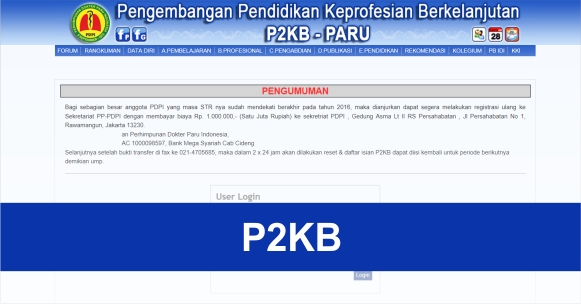Towards an artificial human lung: modelling organ-like complexity to aid mechanistic understanding
Maria Victoria Humbert, Cosma Mirella Spalluto, Joseph Bell, Cornelia Blume, Franco Conforti, Elizabeth R. Davies, Lareb S.N. Dean, Paul Elkington, Hans Michael Haitchi, Claire Jackson, Mark G. Jones, Matthew Loxham, Jane S. Lucas, Hywel Morgan, Marta Polak, Karl J. Staples, Emily J. Swindle, Liku Tezera, Alastair Watson, Tom M.A. Wilkinson
European Respiratory Journal 2022 60: 2200455; DOI: 10.1183/13993003.00455-2022
Abstract
Respiratory diseases account for over 5 million deaths yearly and are a huge burden to healthcare systems worldwide. Murine models have been of paramount importance to decode human lung biology in vivo, but their genetic, anatomical, physiological and immunological differences with humans significantly hamper successful translation of research into clinical practice. Thus, to clearly understand human lung physiology, development, homeostasis and mechanistic dysregulation that may lead to disease, it is essential to develop models that accurately recreate the extraordinary complexity of the human pulmonary architecture and biology. Recent advances in micro-engineering technology and tissue engineering have allowed the development of more sophisticated models intending to bridge the gap between the native lung and its replicates in vitro. Alongside advanced culture techniques, remarkable technological growth in downstream analyses has significantly increased the predictive power of human biology-based in vitro models by allowing capture and quantification of complex signals. Refined integrated multi-omics readouts could lead to an acceleration of the translational pipeline from in vitro experimental settings to drug development and clinical testing in the future. This review highlights the range and complexity of state-of-the-art lung models for different areas of the respiratory system, from nasal to large airways, small airways and alveoli, with consideration of various aspects of disease states and their potential applications, including pre-clinical drug testing. We explore how development of optimised physiologically relevant in vitro human lung models could accelerate the identification of novel therapeutics with increased potential to translate successfully from the bench to the patient's bedside.











